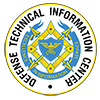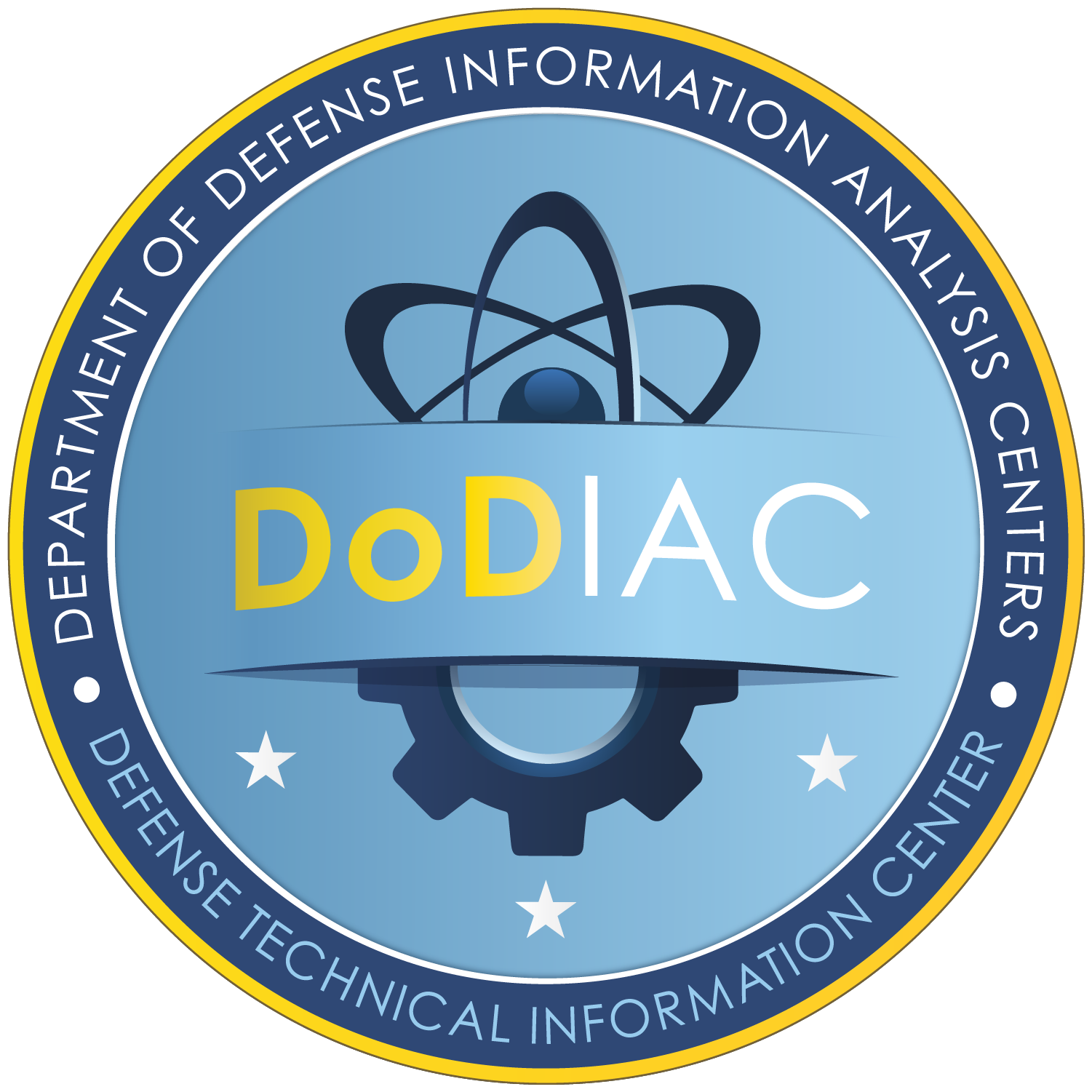While breakthrough results over the past few years have garnered headlines proclaiming the dawn of quantum supremacy, they have also masked a nagging problem that researchers have been staring at for decades: Demonstrating the advantages of a quantum computer is only half the battle; verifying that it has produced the right answer is just as important.
Now, researchers at JQI and the University of Maryland (UMD) have discovered a new way to quickly check the work of a quantum computer. They proposed a novel method to both demonstrate a quantum device’s problem-solving power and verify that it didn’t make a mistake. They described their protocol in an article published March 5, 2025, in the journal PRX Quantum.
“Perhaps the main reason most of us are so excited about studying large interacting quantum systems in general and quantum computers in particular is that these systems cannot be simulated classically,” says JQI Fellow Alexey Gorshkov, who is also a Fellow of the Joint Center for Quantum Information and Computer Science (QuICS), a senior investigator at the National Science Foundation Quantum Leap Challenge Institute for Robust Quantum Simulation (RQS) and a physicist at the National Institute of Standards and Technology. “Coming up with ways to check that these systems are behaving correctly without being able to simulate them is a fun and challenging problem.”


